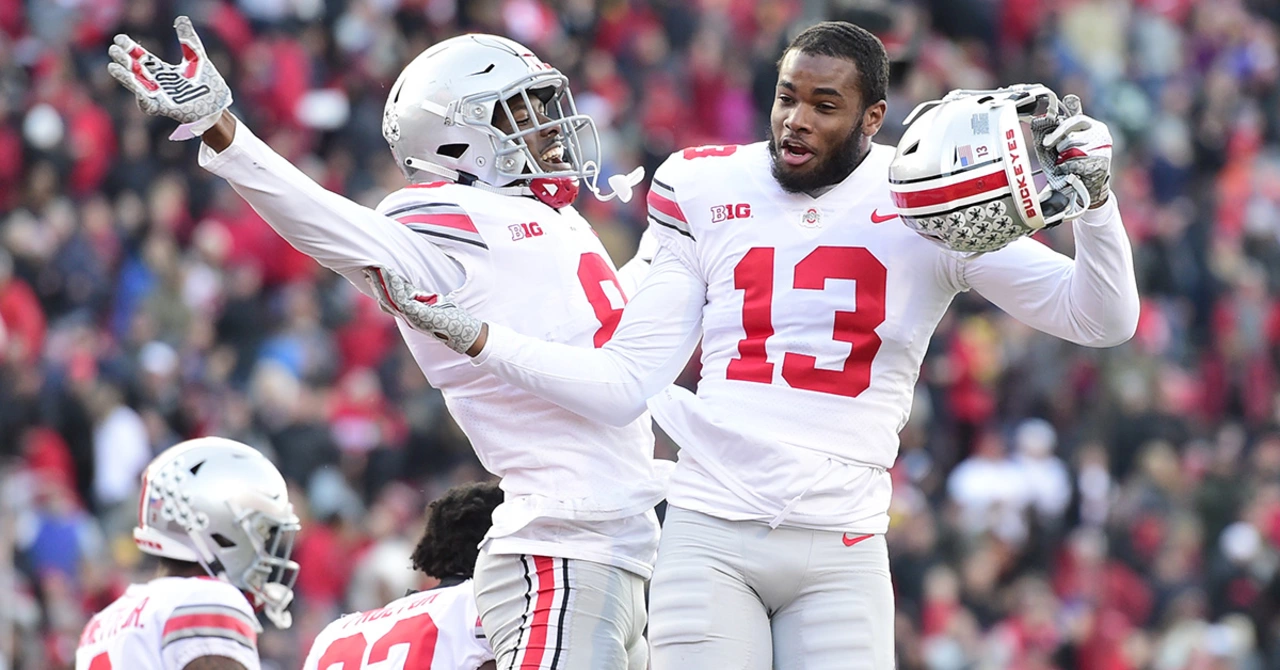Sports and Education
When you hear Sports and Education, the practice of mixing physical training with teaching the why and how behind games. Also known as athletic education, it links coaches, players and classrooms to boost performance and knowledge. One clear example lives in college football, U.S. university football that draws huge crowds and fuels future professional talent. That sport leans on a playoff ranking system, a weekly evaluation that decides which four teams earn playoff spots based on wins, strength of schedule and other data. The system is run by a selection committee, a group of 13 experts who weigh performance, conference championships and head‑to‑head results. In short, Sports and Education encompasses strategic analysis, data‑driven rankings and real‑world teaching moments that shape how teams fight for the title.
Key Concepts in Sports and Education
Think of the ranking process as a bridge between raw performance and the lesson plan that team performance, wins, margin of victory and consistency over the season provides. Those numbers feed the ranking algorithm, the formula the committee uses to compare teams across conferences. When a team captures its conference championship, the top prize in its regional league that often guarantees a playoff berth, its ranking gets a noticeable boost. The committee also looks at strength of schedule, how tough a team's opponents were throughout the year—a factor that teaches athletes the value of facing strong competition. All these pieces illustrate how Sports and Education requires data analysis, strategic planning and continuous learning, mirroring classroom lessons in a real‑world arena.
Below you’ll find posts that break down each of these ideas, from how the committee weighs head‑to‑head matchups to why conference titles matter more than a single win. Whether you’re a fan trying to predict Selection Day or a coach looking for teaching moments, the collection offers practical insights that tie back to the core of Sports and Education. Keep scrolling to see how the playoff ranking system works, what the committee looks for, and how those decisions shape the sport you love.

How does the college football playoff ranking system work?
As a college football fan, I've always been curious about how the playoff ranking system works. Basically, a 13-member committee selects and seeds the top four teams for the playoff based on performance, strength of schedule, and other factors. Every week, the committee releases updated rankings, leading up to the final selection on Selection Day. It's important to note that conference championships and head-to-head results play a significant role in the ranking process. While some might argue that the system is subjective, it does create excitement and intense competition throughout the season.
Read More


